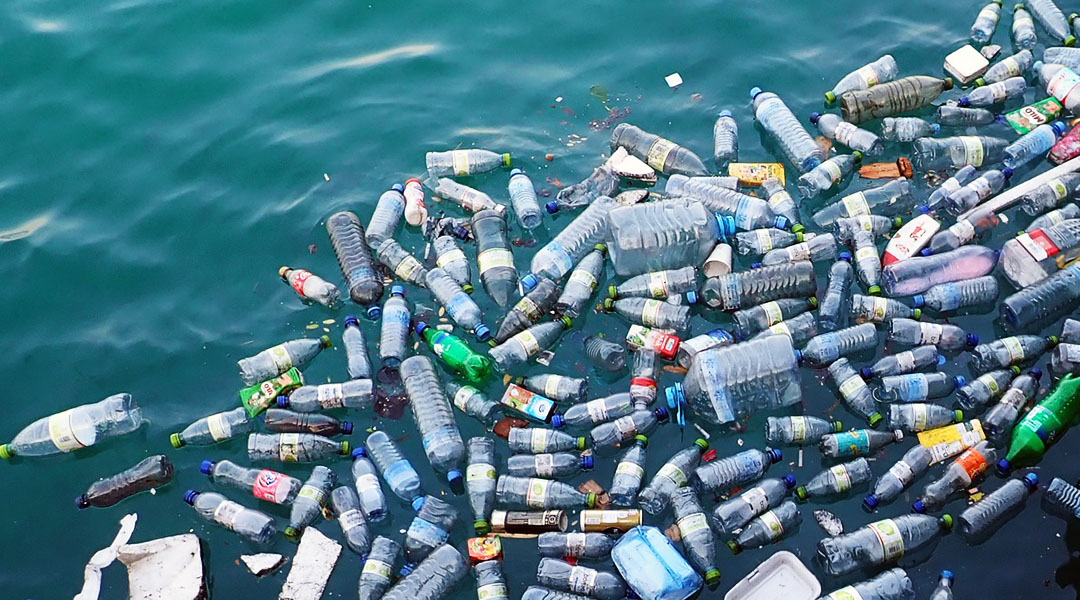Discover practical ways to reduce Plastic Waste at home, work, and in communities. Learn eco-friendly habits, recycling tips, and sustainable alternatives to protect the environment.
Introduction
Plastic has become one of the most widely used materials in the modern world, largely because it is cheap, versatile, and durable. However, these same qualities have also made plastic one of the most persistent forms of waste, causing severe damage to the environment, wildlife, and even human health. With millions of tons of plastic entering landfills and oceans each year, finding effective ways to reduce plastic waste has become a global priority. Addressing this challenge requires a combination of personal responsibility, community involvement, and policy-driven solutions.
Steps in Reducing plastic waste
- Personal Lifestyle Changes
The first step in reducing plastic waste starts with individual choices. By rethinking everyday habits, people can significantly cut down on the amount of plastic they use. Simple actions such as carrying reusable shopping bags, stainless steel water bottles, and lunchboxes instead of disposable plastics can greatly reduce personal waste. Choosing products packaged in glass, paper, or biodegradable alternatives is another practical way to limit plastic consumption. Additionally, buying in bulk helps reduce the number of small plastic containers used in packaging. By refusing single-use items such as plastic straws, cutlery, and bags, individuals take a stand against unnecessary waste.
- Community and Collective Action
Beyond personal habits, collective efforts within communities play a critical role in reducing plastic waste. Community clean-up campaigns for beaches, rivers, and neighborhoods help remove existing plastic from the environment while raising awareness about the problem. Supporting local farmers’ markets and small businesses can also reduce reliance on plastic packaging, since fresh produce often comes with little to no wrapping. Furthermore, community-led initiatives to establish refill stations for water, household cleaning products, and dry goods encourage residents to reuse containers rather than purchase new plastic bottles and packages. Educating others whether through schools, workshops, or social media helps build a culture that values sustainability.
- Policy and Government Regulations
Lasting change in the fight against plastic pollution often requires support from governments and policymakers. Regulations that ban or restrict single-use plastics, such as shopping bags and microbeads, have already proven effective in many countries. Governments can also invest in recycling infrastructure to make plastic waste management more efficient and accessible. In addition, policies that hold corporations accountable for their packaging practices encourage businesses to switch to sustainable alternatives. By supporting such regulations and holding leaders accountable, citizens can help ensure that systemic change takes place on a large scale.
- Corporate and Technological Solutions
Businesses and innovators also have an important role to play. Many companies are beginning to adopt eco-friendly packaging, invest in biodegradable materials, and create circular systems where plastic is reused instead of discarded. Supporting brands that prioritize sustainability helps strengthen the demand for such innovations. At the same time, technological advancements in biodegradable plastics, compostable packaging, and plastic recycling methods offer new hope for reducing waste. These innovations, if widely implemented, can help close the gap between convenience and sustainability.
Conclusion
Plastic waste is one of the greatest environmental challenges of our time, but it is not an unsolvable problem. By adopting eco-friendly habits, encouraging community participation, supporting strong policies, and promoting innovation, societies can drastically cut down on the amount of plastic that ends up polluting the planet. Reducing plastic waste is not just about recycling; it is about rethinking how we produce, consume, and dispose of materials. Ultimately, small daily choices combined with large-scale reforms can create a cleaner, healthier, and more sustainable future for generations to come.


